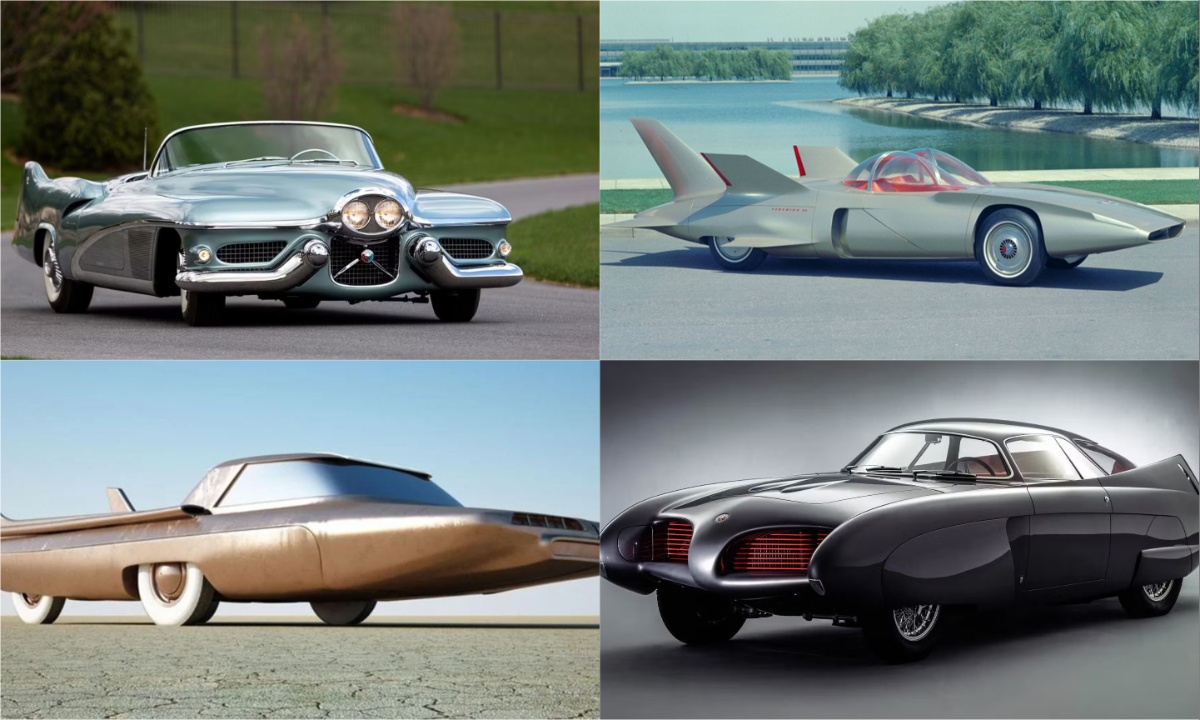The evolution of the automobile has always been closely linked to the visions of future thinkers and innovators. In the automotive industry, concept cars and prototypes have long served as a way for manufacturers to express their excitement for future advancements, pushing boundaries with designs and technologies that often seem ahead of their time.
While many of these early designs were viewed with skepticism, some of them turned out to be prophetic, influencing the design principles of contemporary vehicles. As we approach 2024, it’s evident that the bold ideas of the past have helped shape the cars we drive today. This list of iconic concept cars highlights those groundbreaking designs that were ahead of their time, many of which continue to captivate automotive enthusiasts even decades later.
1. Dymaxion Car (1933)
One of the earliest attempts at a futuristic car, the Dymaxion was the brainchild of architect Buckminster Fuller, unveiled at the 1933 World’s Fair in Chicago. Fuller envisioned a multi-functional vehicle capable of driving, flying, and even landing like a bird. With its teardrop shape, three-wheel design, and rear center wheel for steering, the Dymaxion was far from practical for its time.
However, it introduced ideas such as aerodynamics and fuel efficiency that would influence future vehicle designs. Despite only three prototypes being produced, the Dymaxion’s unique vision for an all-encompassing “Omni-Medium Transport” left a lasting impact on automotive innovation.
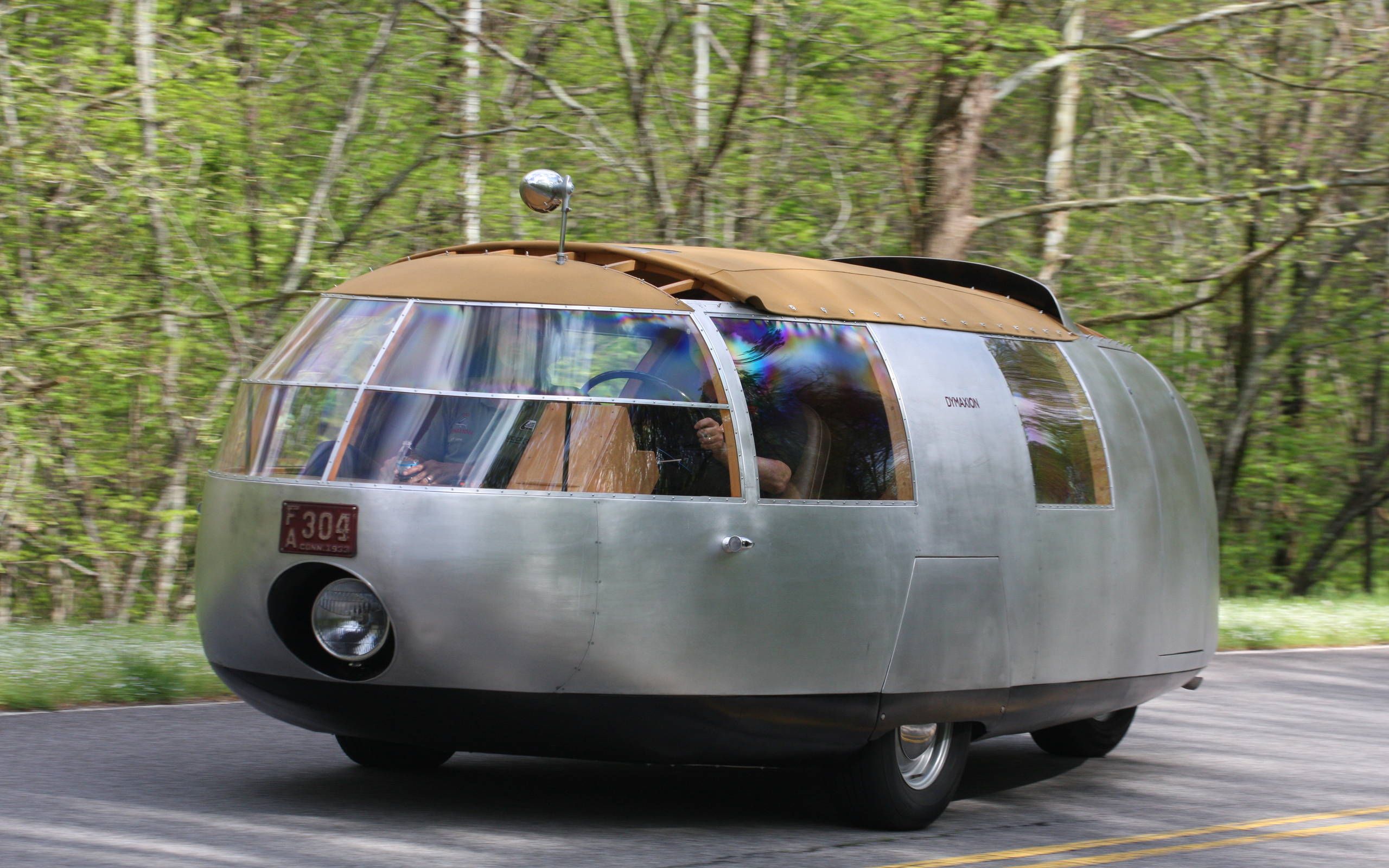
2. Tucker 48 (1947-1948)
In the wake of World War II, Preston Tucker sought to introduce a new kind of car that prioritized safety and innovation. The Tucker 48, also known as the “Tucker Torpedo,” featured several groundbreaking elements such as a rotating “Cyclops Eye” headlamp, a perimeter frame for crash protection, and a padded dashboard for safety.
The vehicle’s forward-thinking design elements, including a shatterproof windshield and independent suspension, made it one of the most advanced cars of the late 1940s. Unfortunately, production challenges, legal troubles, and financial difficulties led to its early demise, with only 51 units ever made.
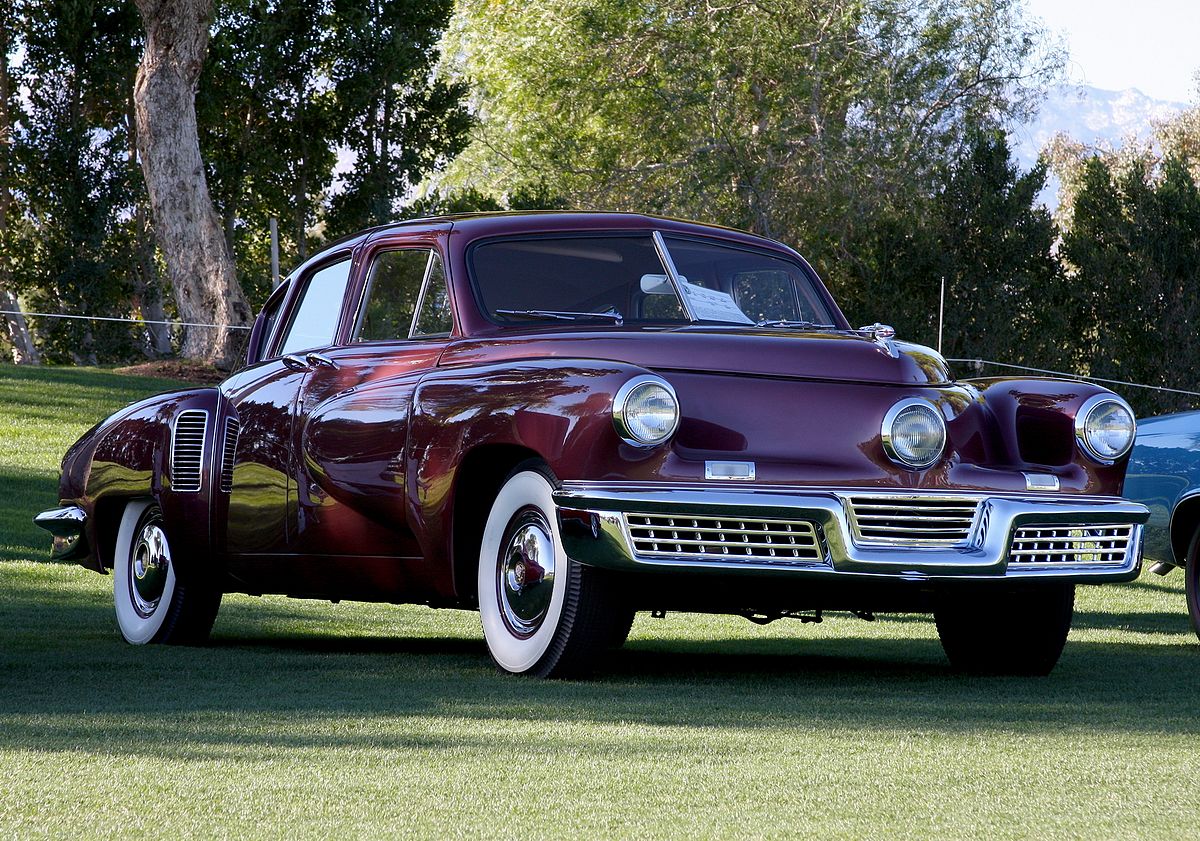
3. General Motors Le Sabre (1951)
The 1951 GM Le Sabre is often considered the quintessential futuristic car of the 1950s. With its jet fighter-inspired tail fins, wraparound windshield, and sleek aluminum body, the Le Sabre was a bold departure from conventional car design. The car’s design was meant to evoke the spirit of flight, taking cues from the F-86 Sabre jet fighter.
With a supercharged engine capable of 335 horsepower and features such as concealed rotating headlamps and electric lifting jacks, the Le Sabre was a stunning blend of aesthetics and function that would go on to influence numerous production vehicles in the years that followed.
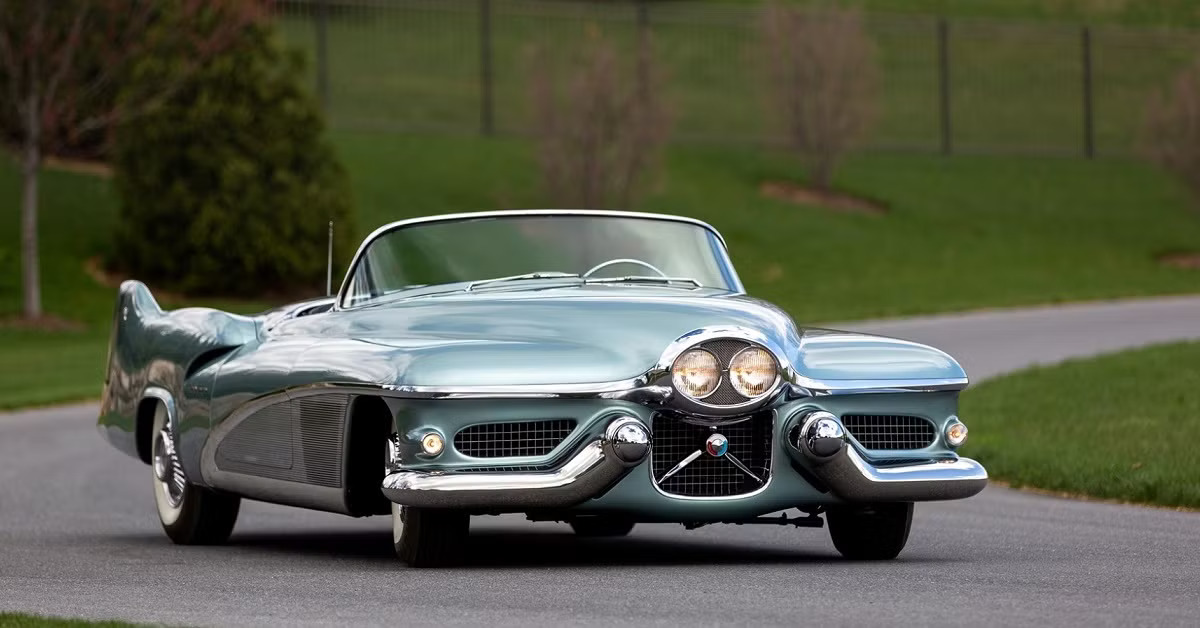
4. Alfa Romeo BAT by Bertone (1953-1955)
The Alfa Romeo BAT (Berlina Aerodinamica Tecnica) prototypes, developed by Bertone, were a trio of vehicles that focused on achieving the lowest possible drag coefficient. The BAT 5, BAT 7, and BAT 9 were designed with aerodynamic efficiency in mind, with sleek, curved lines and wings reminiscent of a bat’s wings.
These cars were an exercise in reducing drag while maintaining performance, with the BAT 7 achieving a drag coefficient of just 0.19. Though only three prototypes were ever built, these cars exemplified the growing importance of aerodynamics in automotive design, influencing both concept cars and production models in the decades that followed.
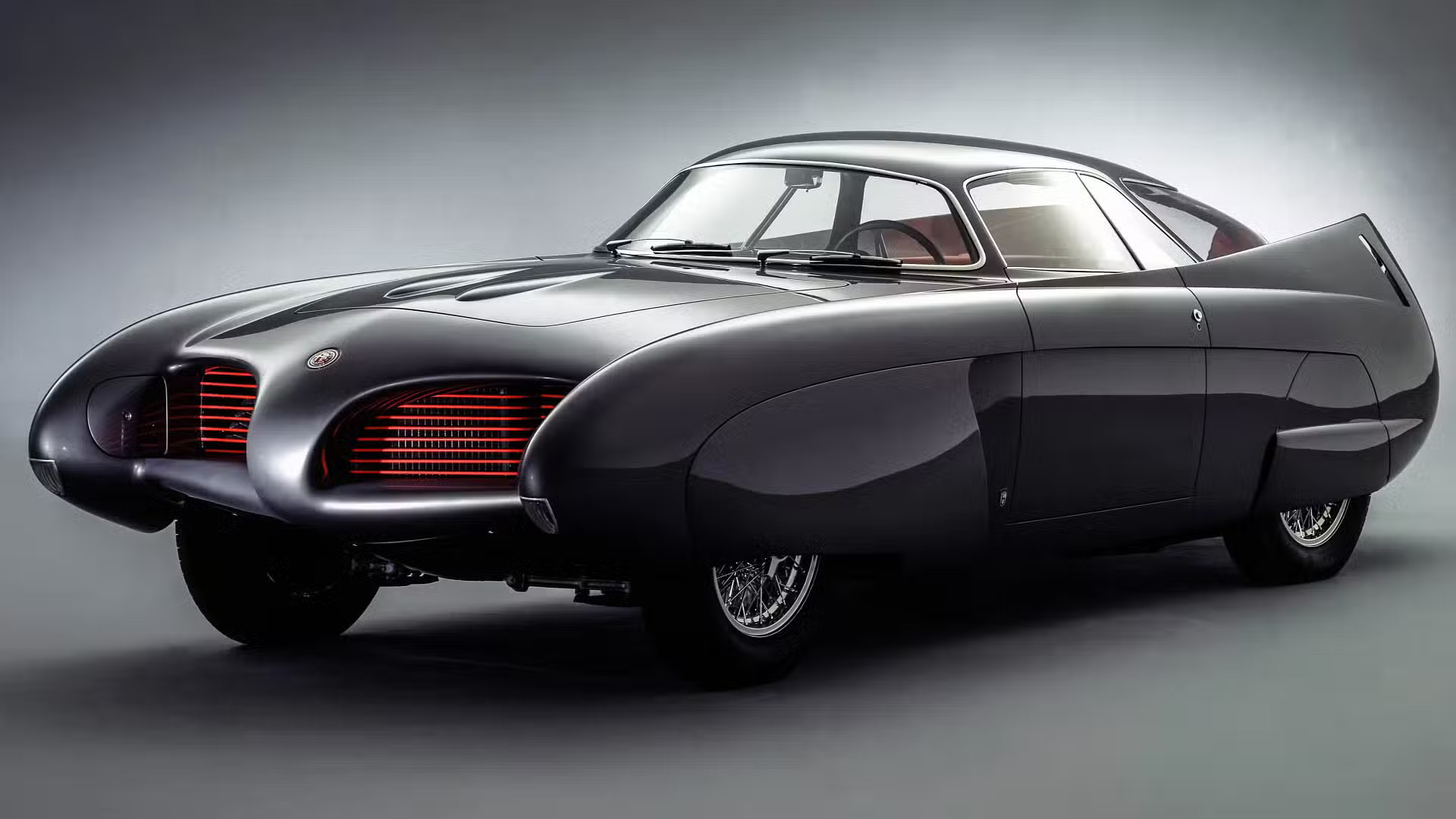
5. Citroën DS (1955-1975)
When Citroën introduced the DS in 1955, it was met with awe and admiration for its innovative features. A car ahead of its time, the DS featured a self-leveling hydropneumatic suspension system that could adjust the car’s height based on load and road conditions.
It also featured a unique aerodynamic design, with a teardrop shape and no front grille. Other innovations included disc brakes, a front-mid engine layout, and directional headlamps. With more than 1.4 million units sold, the DS became a symbol of automotive innovation and is still considered one of the most beautiful cars of all time.
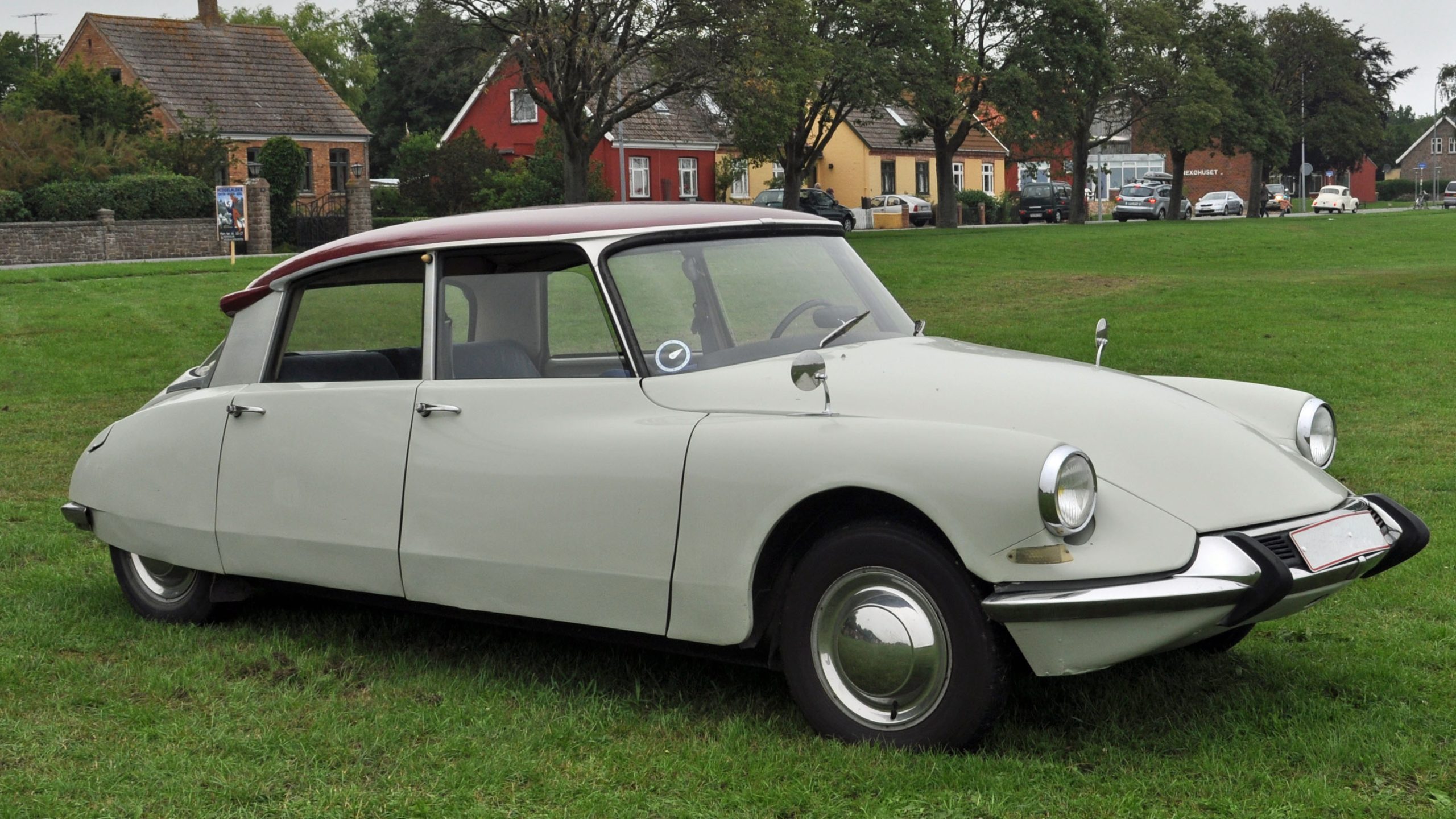
Also Read: 10 Best Pickup Trucks for Heavy-Duty Work Combining Power, Durability, and Advanced Features
6. Ford Nucleon (1957)
During the 1950s, the optimism surrounding nuclear power was at its peak, with many envisioning a future where cars would be powered by compact nuclear reactors. The Ford Nucleon concept, which was never actually built, presented the idea of a car that would run on nuclear energy, with a miniature reactor placed behind the passenger compartment.
Designed as a visionary look into the future, the Nucleon could theoretically travel 5,000 miles without needing a recharge. Despite its ambitious concept, the nuclear-powered car never came to fruition, largely due to safety concerns and the impracticality of nuclear reactors for civilian vehicles.
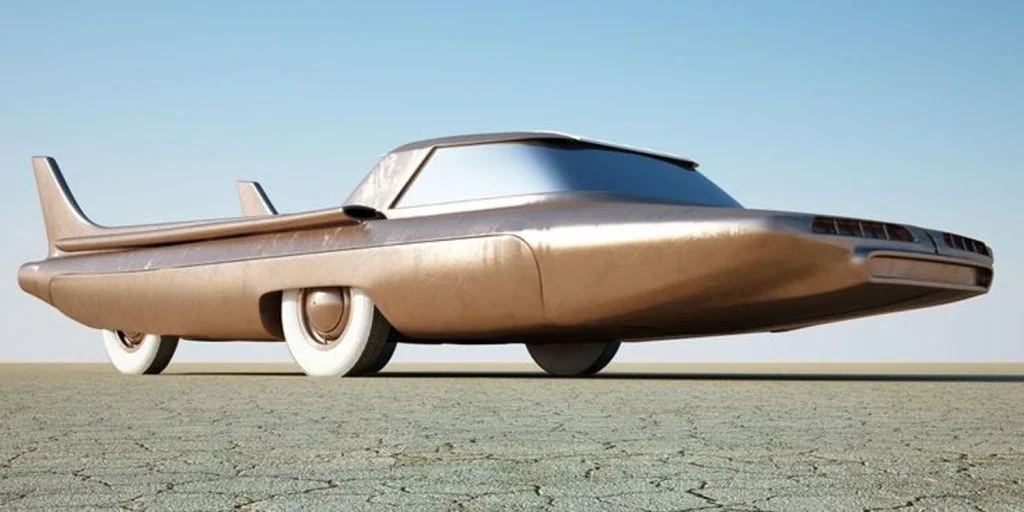
7. General Motors Firebird III XP-73 (1959)
The GM Firebird III was a concept car designed to showcase the potential of gas turbine engines in passenger vehicles. This futuristic model boasted a unique design, featuring a double-bubble canopy, large fins, and a jet-like appearance. Powered by a gas turbine engine, the Firebird III was capable of reaching speeds up to 150 mph.
It also introduced groundbreaking features, including a joystick for car control, an early iteration of autonomous driving technology. The car was equipped with anti-lock brakes, cruise control, and rear-facing cameras, providing an early look at the technological advancements that would later become standard in modern vehicles.
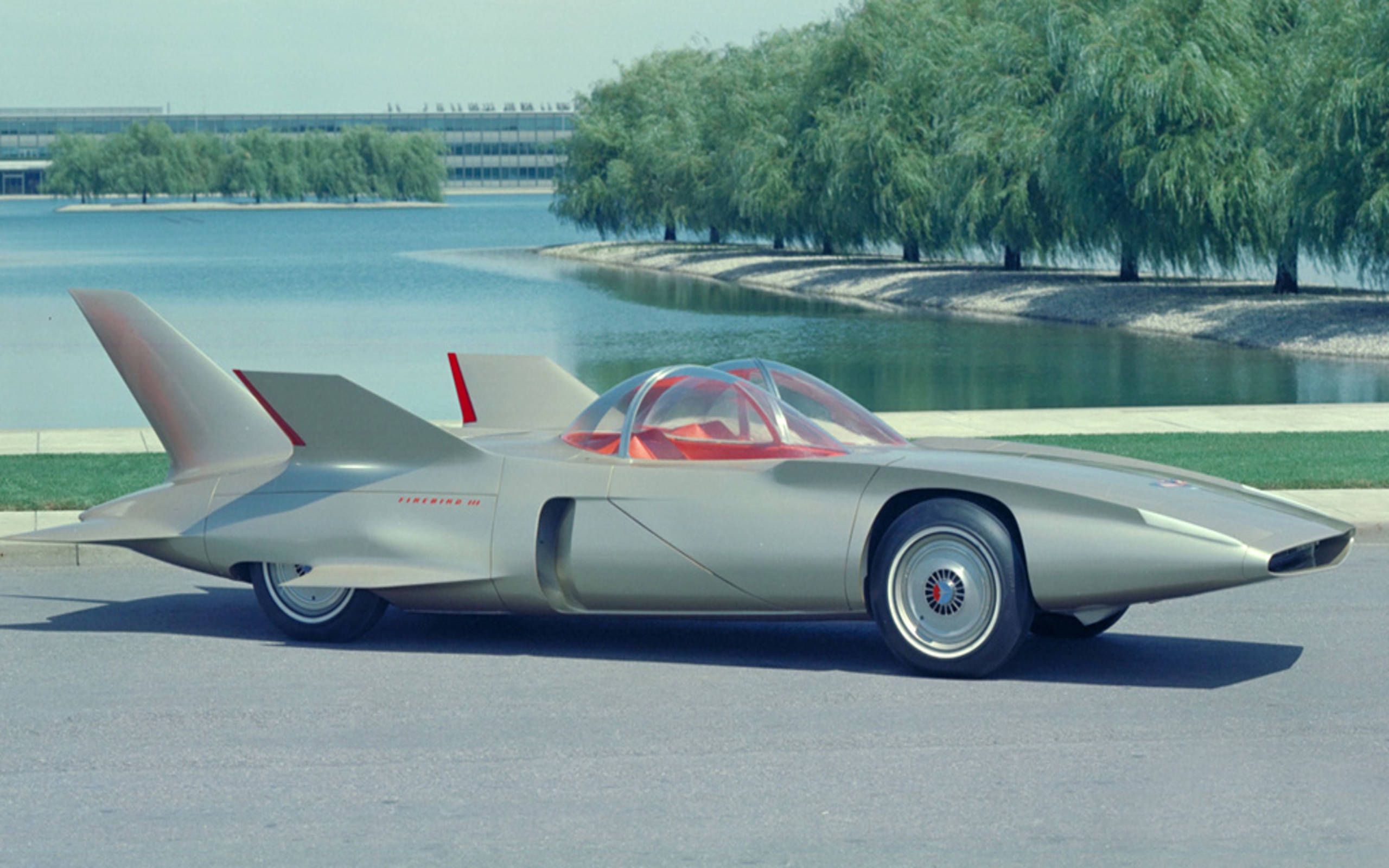
8. Chrysler Turbine (1963-1964)
The Chrysler Turbine car was a groundbreaking attempt to bring turbine engines to the consumer market. Powered by a gas turbine engine, the Chrysler Turbine was the first car to feature this technology and was tested by 203 drivers across the United States.
With a sleek design and distinctive turbine-like appearance, the car had a top speed of 130 mph and was capable of using a variety of fuels. Despite its potential, the turbine engine failed to meet emissions standards, and the program was discontinued after only 55 units were produced. Nonetheless, the Chrysler Turbine remains one of the most iconic concept cars of the 1960s.
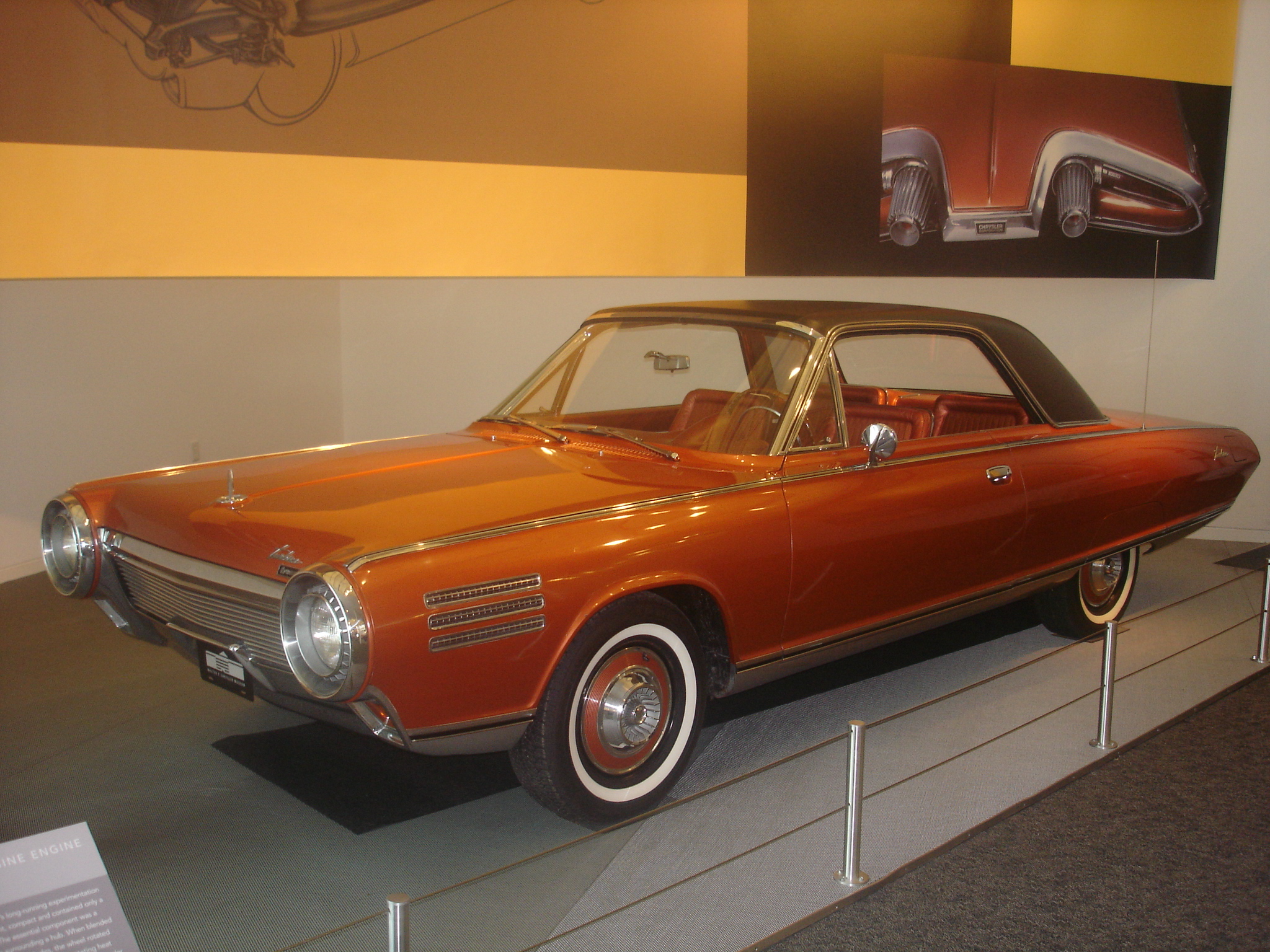
9. Lancia Stratos HF Zero (1970)
The Lancia Stratos HF Zero, designed by Marcello Gandini, was a futuristic concept car that introduced the wedge-shaped design that would go on to influence several high-performance vehicles, including the Lamborghini Countach.
With its sharp angles, low body, and unique canopy opening windshield, the Stratos Zero looked more like a spaceship than a car. While it was never intended for production, its striking design captured the imagination of car enthusiasts and played a key role in shaping the supercar designs of the 1970s and beyond.
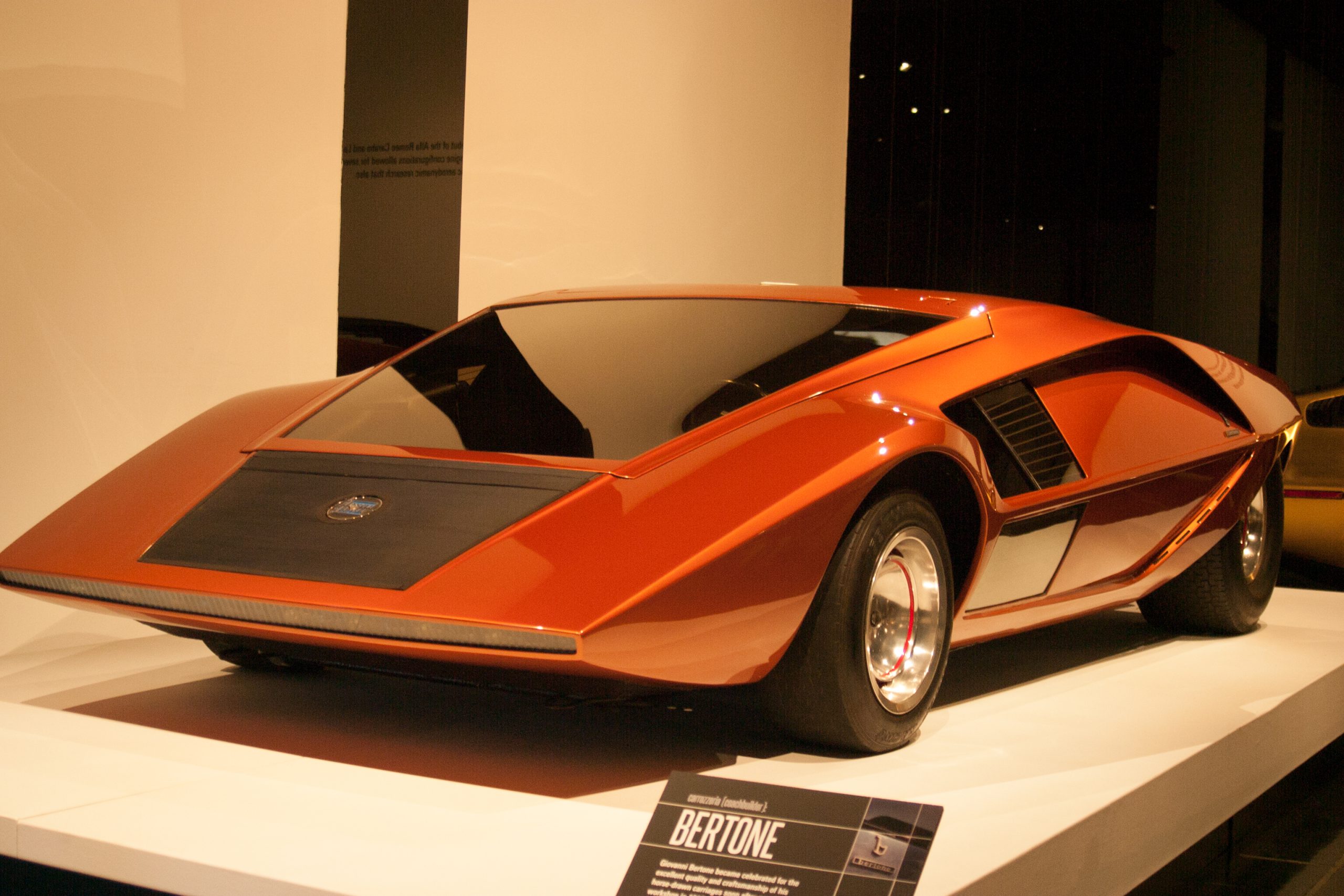
10. Italdesign Capsula (1982)
The Italdesign Capsula was an experimental vehicle that focused on maximizing space efficiency. Designed by Giorgio Giugiaro, the Capsula was a modular platform that could be adapted to different body styles, from passenger cars to ambulances and buses. The vehicle’s compact dimensions housed a surprisingly spacious interior, which was larger than that of many contemporary cars.
The Capsula was an early exploration of the modular platform concept, which would later become a defining feature of electric vehicles, particularly with the rise of companies like Canoo. Though it never went into production, the Capsula laid the groundwork for future vehicle designs that prioritize flexibility and efficiency.
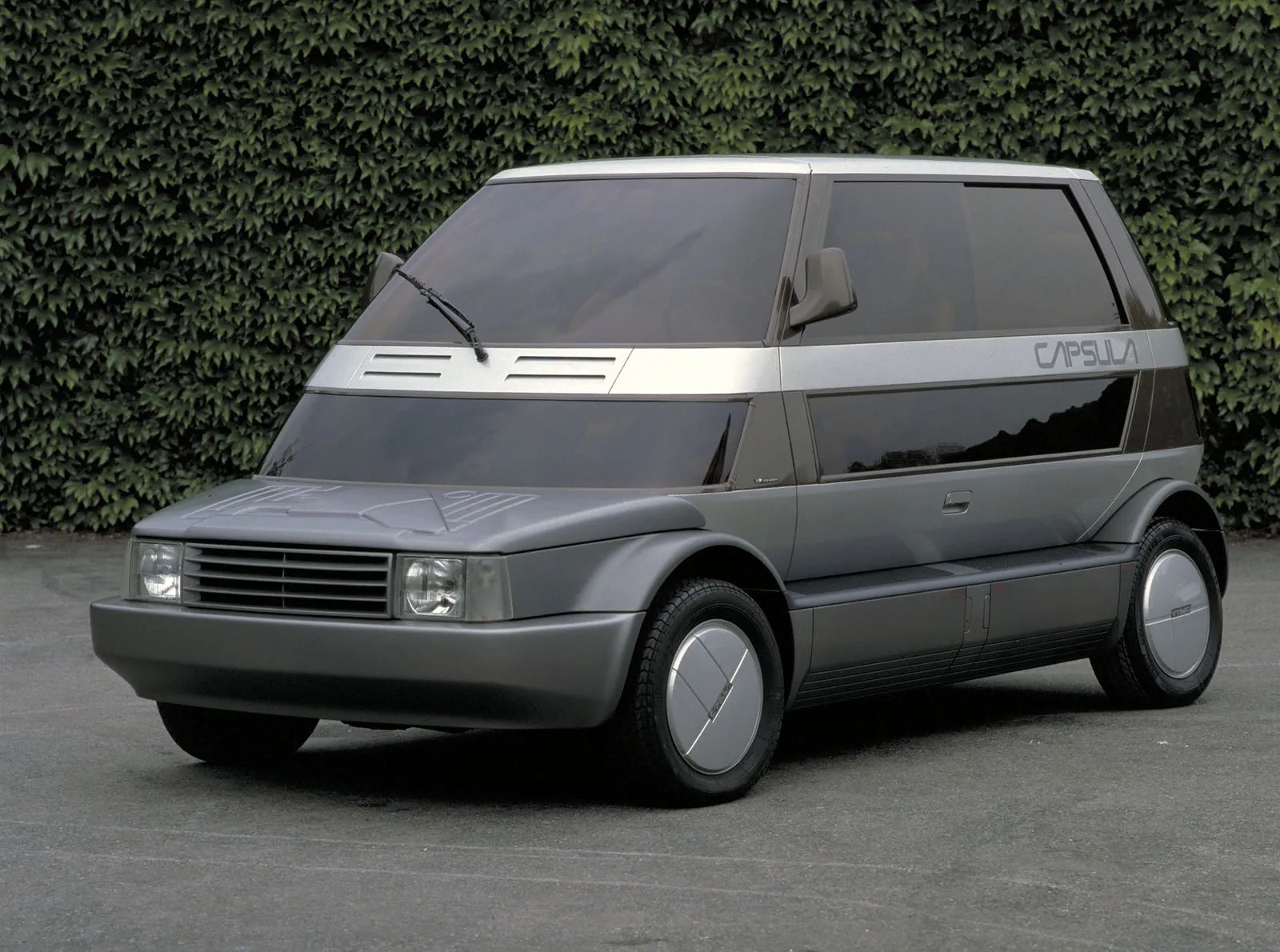
Looking back at these visionary vehicles from the past, it’s clear that many of these concept cars foresaw the technological and design advancements that have become standard today. From aerodynamics to alternative powertrains, these early prototypes displayed the ingenuity and forward-thinking that have fueled the automotive industry’s evolution.
While some of these cars remain fantastical dreams, their impact on automotive design is undeniable. As we continue to innovate with electric vehicles, autonomous driving, and sustainable transportation, it’s fascinating to consider how today’s concepts might influence the cars of tomorrow. The history of futuristic car designs reminds us that the future is built on the bold ideas of the past.
Also Read: 10 Best Police Cars Around the World for Speed, Power, and High-Performance Pursuits

